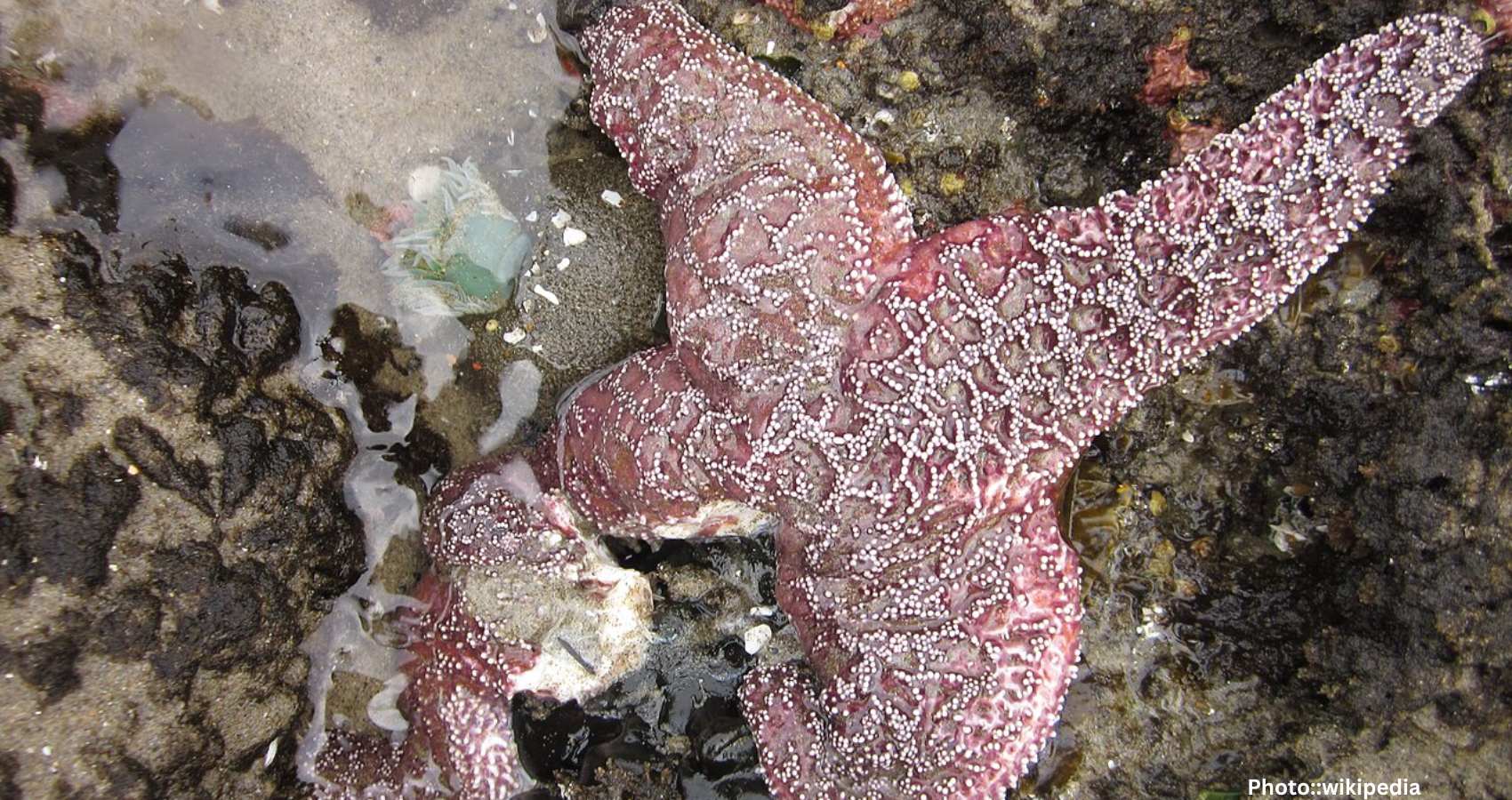Researchers have uncovered the bacterial cause behind a decade-long epidemic that has decimated over 5 billion sea stars along the Pacific coast of North America.
Scientists have finally identified the cause of an epidemic that has led to the deaths of more than 5 billion sea stars off the Pacific coast from Mexico to Alaska over the past decade. Known as sea star wasting disease, the condition has devastated more than 20 species since 2013 and is still ongoing. The sunflower sea star has been the hardest hit, with an estimated 90% population loss during the first five years of the outbreak.
Sea stars, commonly referred to as starfish, generally have five arms, though some species may have up to 24. These marine animals display a wide array of colors, ranging from solid orange to combinations of orange, purple, brown, and green. Initially, the cause of the mass die-off was a mystery, but recent research points to bacteria as the culprit.
Marine disease ecologist Alyssa Gehman from the Hakai Institute in British Columbia, Canada, who played a role in determining the cause, described the effects of the disease as “gruesome.” Infected sea stars develop lesions, and their arms eventually detach.
A study published in Nature Ecology and Evolution has identified the bacteria Vibrio pectenicida as responsible for the disease. This finding resolves an enduring mystery concerning the severe marine ailment, according to Rebecca Vega Thurber, a marine microbiologist at the University of California, Santa Barbara, who was not involved in the study.
The search for the cause took over a decade, involving several missteps and complexities. For years, researchers suspected a virus might be responsible, particularly a densovirus. However, this virus was later found to be a normal component of healthy sea stars, not linked to the disease, said Melanie Prentice, a co-author of the study from the Hakai Institute.
Other research efforts failed to identify the true cause because they focused on tissue samples from dead sea stars, which lacked the coelomic fluid—an organ-surrounding bodily fluid—where the bacteria were discovered. The new study, with its detailed analysis of this fluid, was instrumental in identifying the bacteria as the cause.
Blake Ushijima, a microbiologist from the University of North Carolina, Wilmington, not involved in the study, acknowledged the challenges in tracing the root cause of underwater environmental diseases. He described the research team’s approach as “really smart and significant.”
With the bacterial cause identified, scientists can now develop strategies to help sea star populations. Melanie Prentice suggested testing the health of remaining sea stars and considering options such as relocation or breeding in captivity for future reintroduction. Additionally, researchers may explore whether some populations possess natural immunity and whether treatments like probiotics could enhance immunity against the disease.
The discovery offers a renewed sense of hope for sea star conservation and a chance to mitigate the impacts of this devastating epidemic in the ocean ecosystem.

